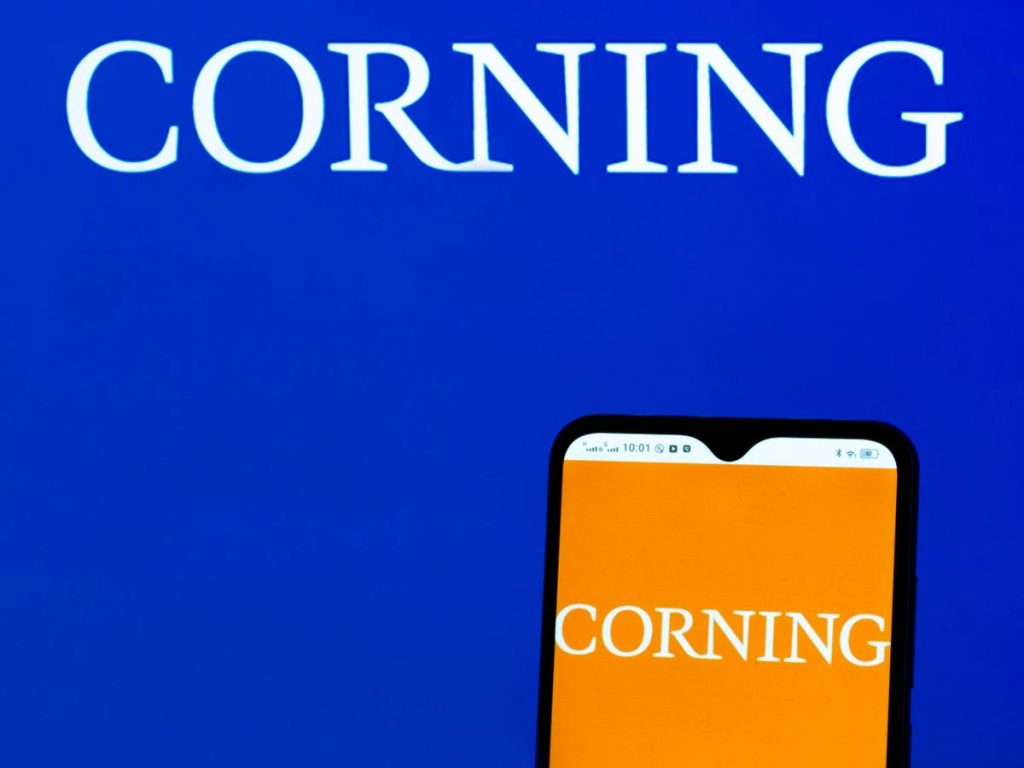Corning recently reported its Q1 results, with revenues and earnings exceeding expectations. The company reported core revenue of $3.3 billion, slightly down year-over-year but above estimates, and adjusted earnings of $0.38 per share, also slightly above forecasts. Despite the positive quarter, the stock is considered appropriately priced at around $34. The stock has seen limited movement over the past few years, underperforming the S&P 500 index. Given the current economic environment, with high oil prices and elevated interest rates, the company’s future performance remains uncertain.
In recent years, Corning’s stock has struggled to outperform the S&P 500, with returns of 3% in 2021, -14% in 2022, and -5% in 2023, compared to the index’s returns of 27%, -19%, and 24%, respectively. It has been challenging for individual stocks to consistently beat the index, even for tech giants like Microsoft, Apple, and Nvidia. However, the Trefis High Quality Portfolio, a collection of 30 stocks, has consistently outperformed the S&P 500 each year over the same period, offering better returns with less risk. The HQ Portfolio’s performance metrics have been more stable than individual stocks.
From a valuation perspective, Corning’s stock appears to be fully valued, with an estimated valuation of $34 per share based on an 18x P/E multiple and expected earnings of $1.91 per share for the full year 2024. The company’s revenue in Q1 was down 6% year-over-year, with optical communications sales declining by 17% and Life Sciences revenue falling by 8%. However, Display Technologies saw a 14% increase in sales, driven by higher volume and pricing gains, while Specialty Materials and Environmental Technologies also saw sales growth.
Looking ahead, Corning expects its Q2 core sales to be around $3.4 billion, with adjusted earnings per share in the range of $0.42 to $0.46. The company anticipates a rebound in demand from mobile carriers and continued growth in its Environmental Technologies business. However, much of these positives are already priced into the stock, which has risen 7% in the last five days and currently trades at a valuation multiple of 18x forward expected earnings, in line with its historical average. Investors may want to wait for a potential dip in the stock before entering for long-term gains.
While Corning’s stock appears fully priced, it is important to consider how the company’s peers are performing on key metrics. Comparing Corning to its industry peers can provide valuable insights for investors. Overall, while Corning has shown positive results in its recent earnings report, its stock may already reflect much of the expected growth, and investors may want to wait for better entry points to maximize long-term gains.


